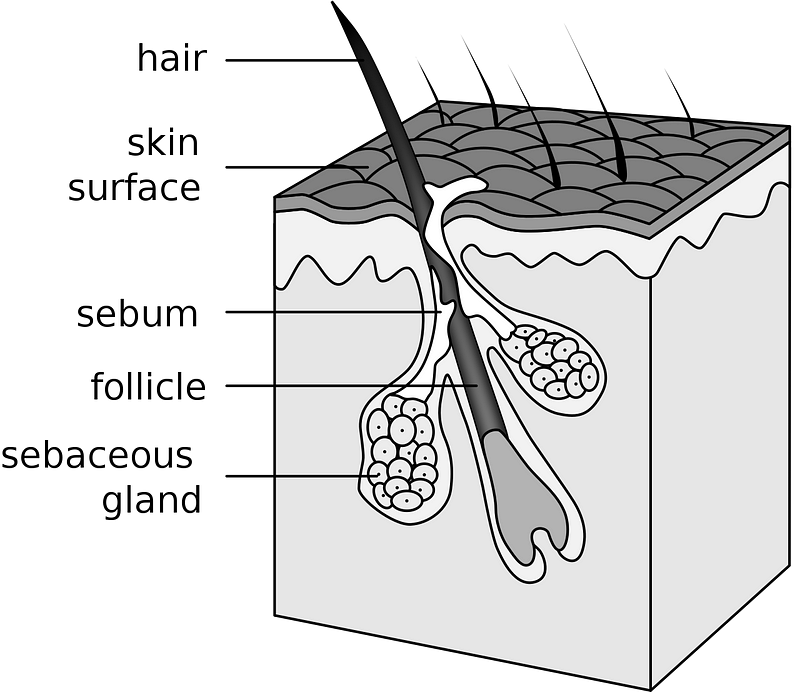# Can Wig Hair Result in a Misguided Criminal Charge?
Written on
Chapter 1: The Role of Hair in Forensic Science
We've all witnessed the dramatization of crime scene investigations on television. Detectives often lean over a body, meticulously collecting a single strand of hair with tweezers, and instructing their team to "run the DNA, check for matches." This seems logical, but what if that hair originated from a wig? What if it belonged to an innocent individual rather than the actual perpetrator?
Imagine donating your hair to an organization like Locks of Love, only for it to be linked to a crime scene. Could this lead to an unjust accusation? The short answer is: not likely. However, the nuances of DNA testing in hair samples can complicate matters.
Section 1.1: Understanding Hair Structure
To grasp the implications, it’s essential to understand hair's composition.

Hair emerges from follicles beneath the skin's surface. Each follicle contains various components, including stem cells for skin repair, blood vessels for nourishment, and muscles that can cause hair to stand on end. The follicle, which is the bulb at the hair's root, comprises several layers of keratin — the same protein found in nails.
Keratin forms in three distinct layers: the medulla at the center, the cortex with its rod-like bundles, and the cuticle, the outer layer made of thin, overlapping scales. Understanding this structure is critical, as it directly influences DNA extraction capabilities.
Section 1.2: The DNA Dilemma
Traditionally, it was believed that shed hair lacked DNA due to the absence of intact cells. Thus, if hair was found at a crime scene, investigators hoped it had been forcibly removed, which would increase the likelihood of retrieving DNA.
However, recent advances challenge this assumption.
Chapter 2: Recent Advances in DNA Extraction
One significant breakthrough involves mitochondrial DNA (mtDNA), which exists within the hair's cells. Although mtDNA cannot pinpoint an individual, it can identify maternal lineages. As hair cells degrade, traces of mtDNA often remain, and improved extraction techniques are allowing forensic scientists to recover this DNA even from hair without roots.
Another promising development relates to nuclear DNA. While previously thought impossible to extract from hair without a follicle, recent innovations in DNA extraction methods have proven otherwise. Researchers are now able to obtain DNA from fragmented strands, even from cold cases, thanks to advanced algorithms and more sensitive extraction techniques.
Section 2.1: Implications for Donated Hair
Given these advancements, should you be concerned about your donated hair being linked to a crime?
While it's true that DNA can now be extracted from hair, several factors mitigate the risk of wrongful accusations. First, investigators must match the extracted DNA to a known individual. If your genome is not in any database, the chances of being implicated are minimal.
Forensic evidence typically plays a supplementary role in criminal investigations. If you were far from the crime scene and had no connection to the victim, a hair match alone would not be compelling evidence in court.
Furthermore, DNA evidence is often categorized as hearsay unless it directly links a person to a crime. Lastly, hair samples used in donations are cut close to the scalp, meaning they lack the necessary follicle for DNA extraction.
Conclusion: No Need for Alarm
In summary, while forensic science has made significant strides in extracting DNA from hair, the chances of being wrongfully accused due to donated hair remain low. Your cut hair lacks sufficient DNA for analysis, and even if DNA were present, it typically wouldn't be enough to secure a conviction.
So rest assured, your charitable hair donation is unlikely to result in any legal troubles. If you're intrigued by other aspects of DNA in forensic contexts, feel free to leave a comment with your inquiries!